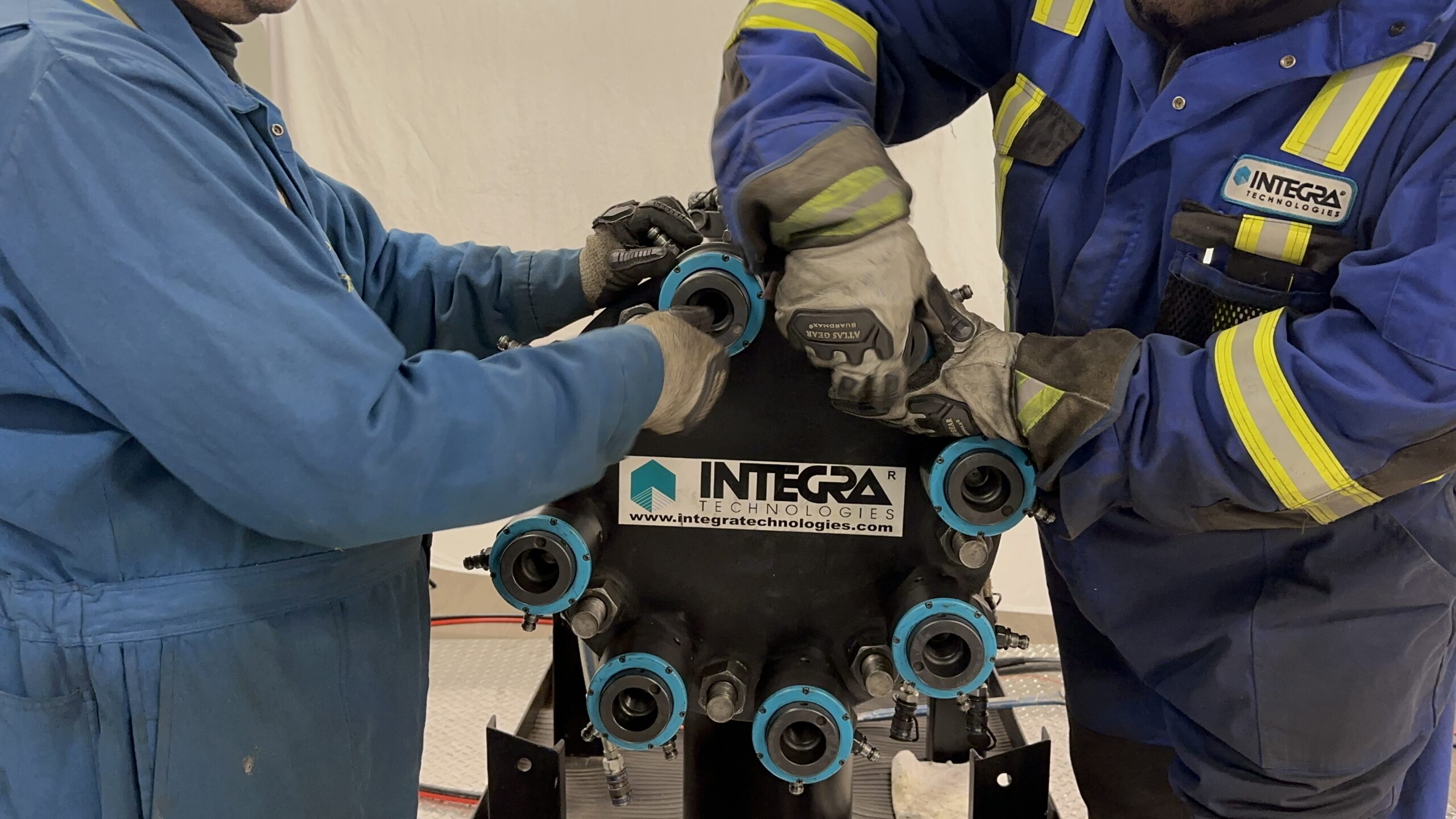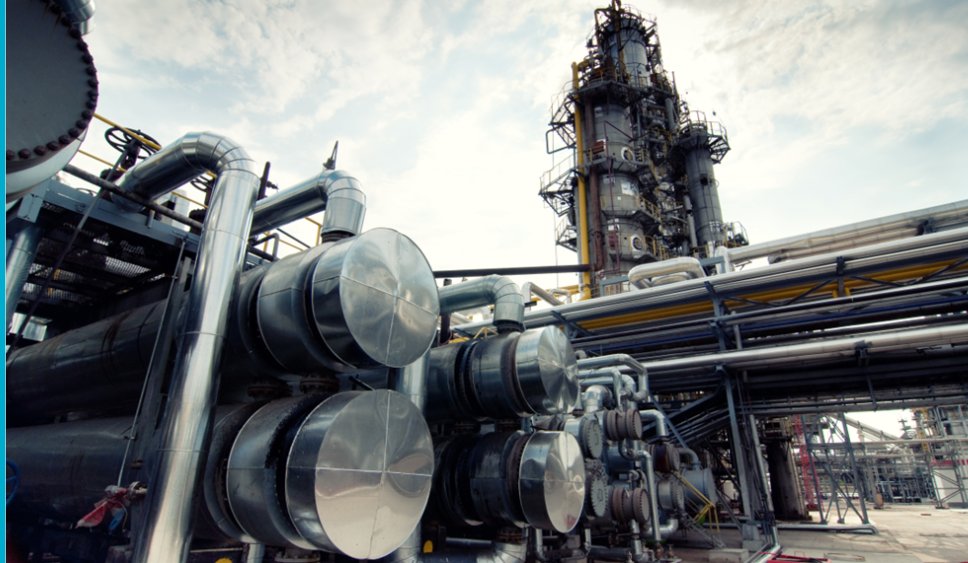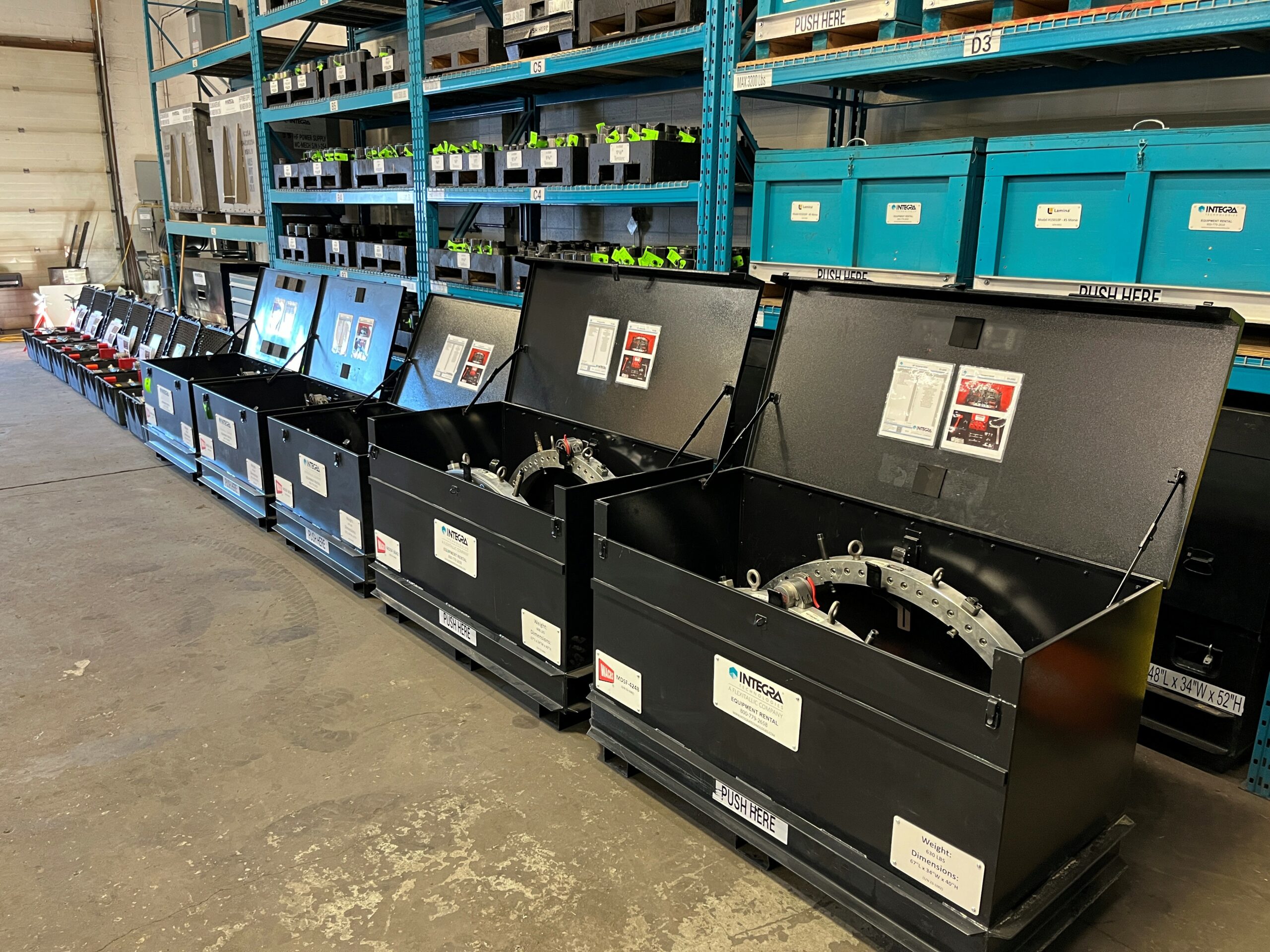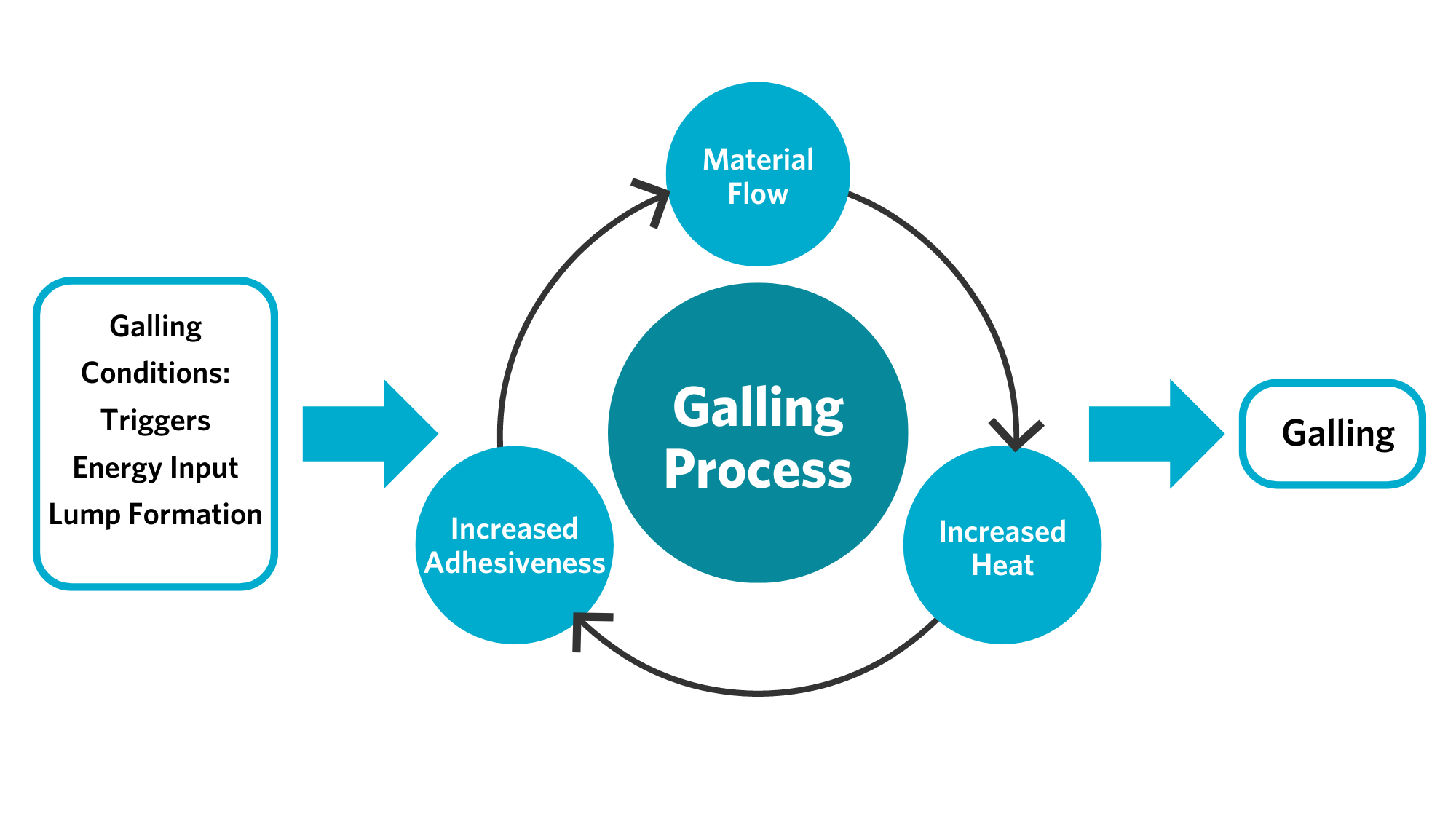Let’s talk about galling
In the energy industry, galling of threaded fasteners remains a persistent problem that hinders smooth operations. In this blog post, we will delve into the concept of galling, exploring its causes, debunking common misconceptions, and shedding light on the galling process itself.
What is Galling?
Galling is a type of material wear characterized by the macroscopic transfer of material driven by adhesion during sliding. While many have experienced the frustration of stuck nuts and seized bolts, galling goes beyond mere friction and debris. It occurs when threaded fasteners refuse to budge, acting as a single, inseparable entity. However, despite its prevalence, there are several misconceptions surrounding galling that need to be addressed.
Debunking Galling Myths:
One common misconception is that galling is caused by friction-induced heat that melts the metal, resulting in miniature welds. In reality, heat generation is primarily driven by material deformation, which is evident when bending a piece of metal repeatedly and feeling it heat up.
Moreover, the fusion of two parts is attributed to adhesion rather than phase change. Rather than melting, the parts come close enough and reach a high energy state, enabling them to form bonds and become a unified entity.
Understanding the Galling Process:
Let’s examine the galling process in detail:
- Initial Contact and Surface Imperfections:
When two metal surfaces slide against each other, they appear reasonably smooth to the naked eye. However, under a microscope, these materials reveal numerous high and low spots.
- Microscopic Stress and Deformation:
At the microscopic level, the initial contact occurs at the high points or asperities. Although the load is distributed over a large area from a macroscopic perspective, the small contact area experiences tremendous local stress, surpassing the strength of the contact material (typically the oxide layer). As a result, the opposing surface is penetrated through plastic deformation, generating local heat. The temperature increase enhances adhesive attraction due to the temperature scaling of adhesion.
- Formation of Lumps:
As the materials continue to slide, the embedded asperity moves and accumulates material, leading to the formation of a lump. The growth of this lump persists until it is large enough to penetrate the protective oxide layer and cause damage to the underlying bulk material.
- Heat Generation and Energy Storage:
The growth of the lump leads to the generation of heat due to the plastic flow of material around it. This heat, combined with limited heat conductance, results in energy being stored in this small region.
- Metallic Bond Formation:
As the lump continues to grow, a change in the adhesive properties of the materials occurs. The surfaces come into intimate contact and reach a high enough energy state to start forming metallic bonds. Atoms from both surfaces share a common electron cloud, effectively fusing the two parts together. This fusion is not a case of them becoming similar; they genuinely become one part, similar to any other region of the metal.
Factors Affecting Galling:
Understanding the factors that influence galling is crucial. Here are three key factors:
- Heat: Heat promotes galling by increasing adhesion during movement. Although the materials experience heat, they never reach a melting point. Liquid phase or melting is not involved in the galling process.
- Ductility: Ductile materials are more prone to galling as energy is stored as heat during plastic deformation. This localized heat enhances adhesion, contributing to galling.
- Oxide Layers: Oxide layers inhibit galling and cold welding by physically obstructing the contact between bulk metals. However, in some cases, volume changes and debris can promote galling by reducing clearances and creating more initiation sites.
Potential Solutions:
While lubrication is a commonly employed solution, liquid and grease-based lubricants gradually lose their effectiveness over time. Solid lubricants work well even when dry, but they cannot reflow into scraped areas. They also have the potential to degrade over longer timescales. Altering geometry, surface finishes, friction, ductility, oxide layers, or finding material combinations with low adhesion are other possible solutions. INTEGRA Technologies offers the Velocity Washer™ technology as an innovative solution to address galling issues.
Galling poses significant challenges in the energy industry, affecting threaded fasteners and impeding operations. By understanding the true nature of galling, debunking misconceptions, and comprehending the underlying galling process, industry professionals can take proactive measures to mitigate galling-related issues and enhance the reliability of their equipment.
At INTEGRA Technologies, we are committed to delivering innovative solutions to address galling and other industry challenges. Contact us today to learn more about our cutting-edge technologies and services designed to optimize the performance of your threaded fasteners.




